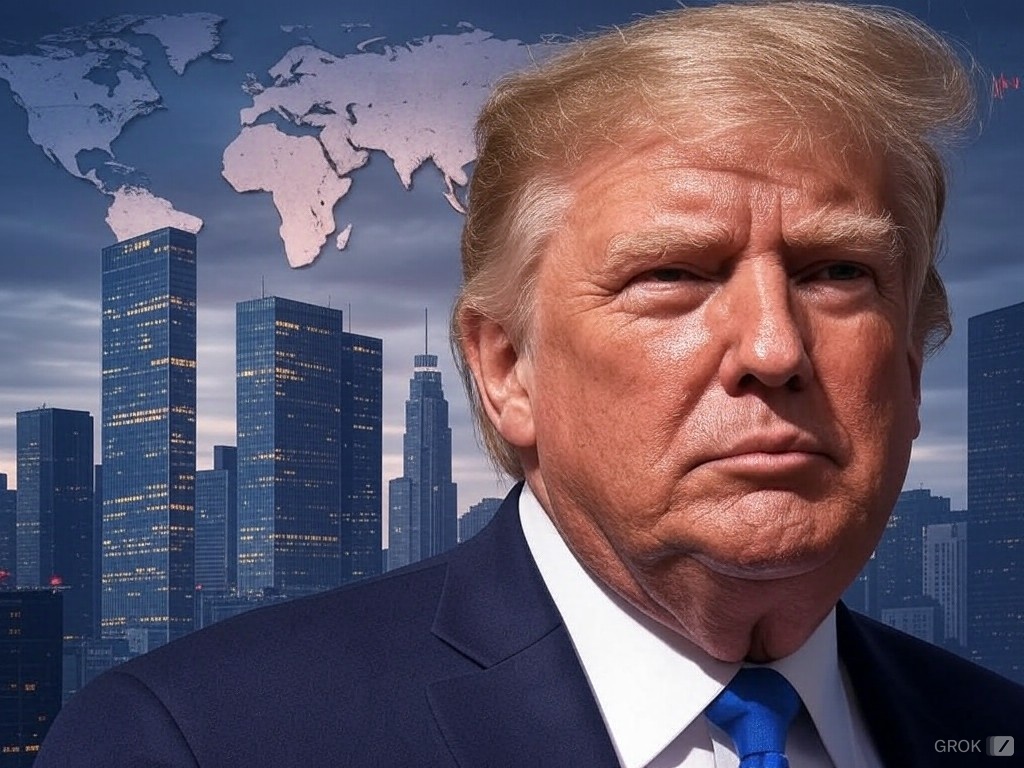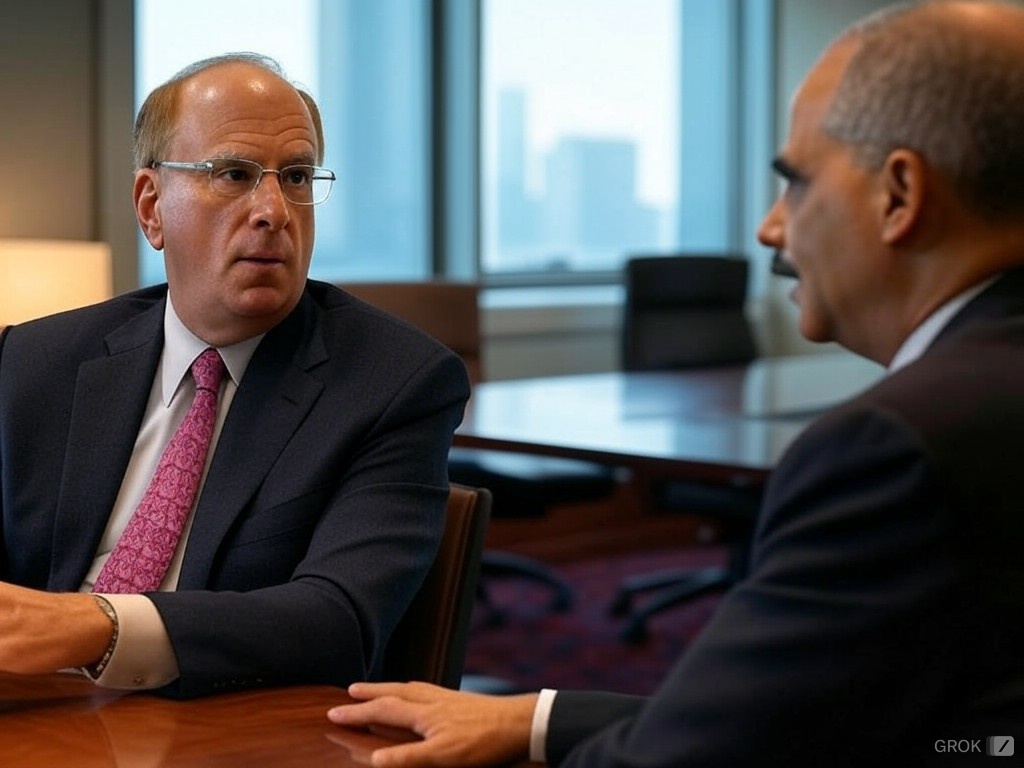In the complex tapestry of global finance, few figures have stirred the waters as profoundly as Donald Trump. His presidency, and the anticipation of his return, has introduced a level of unpredictability that has reverberated through the halls of central banks worldwide. The phrase “Trump wildcard paralyzes global central banks” encapsulates a scenario where the unpredictability of Trump’s policies, rhetoric, and actions has led to a strategic pause or even paralysis among central bankers, who traditionally rely on predictability and stability for their decision-making processes.
Unpredictability as a Policy Tool
Donald Trump’s approach to governance, characterized by sudden policy shifts, tariff impositions, and unconventional diplomatic moves, has introduced a significant degree of uncertainty into the global economic landscape. Central banks, which aim to manage inflation, stabilize currencies, and foster economic growth, thrive on predictability. Trump’s penchant for using economic policy as a direct instrument of diplomacy or retribution has forced central bankers into a reactive rather than proactive stance. For example, his tariff wars with China not only affected trade but also had implications for global interest rates, inflation expectations, and currency valuations, compelling central banks to recalibrate their strategies often in real-time.
Impact on Monetary Policy
The Federal Reserve, under Trump’s first term, was often at the receiving end of public criticism. His tweets questioning the Fed’s independence or suggesting rate changes directly influenced market sentiments and expectations. This direct intervention in monetary policy discussions via social media platforms added a layer of complexity to the Fed’s operations, making it harder to maintain a consistent policy path. Similarly, other central banks, like the European Central Bank (ECB) and the Bank of Japan, had to navigate their policies in a world where U.S. economic policy could suddenly pivot, affecting global trade, investment flows, and commodity prices.
Global Reaction and Adaptation
The global financial community’s response to this unpredictability has been varied. Some central banks have moved towards more conservative or cautious monetary policies, fearing sudden shifts in U.S. policy could lead to capital flight or economic instability. Others have attempted to decouple from U.S. monetary cues, focusing more on domestic economic conditions. However, this decoupling has its limits, given the U.S. dollar’s role as the world’s reserve currency and the interconnectedness of global finance.
Paralysis or Strategic Pause?
The term “paralysis” might seem harsh, but it reflects the strategic dilemma central banks face. They must balance between maintaining their inflation targets, supporting economic growth, and reacting to external shocks introduced by U.S. policy directions. This has led to what could be better described as a strategic pause or a reevaluation of traditional monetary policy tools in light of new geopolitical and economic realities. Central banks have had to innovate, with some considering or implementing digital currencies or other monetary policy tools that were on the back burner before.
Looking Ahead: Trump’s Return and Central Bank Strategy
With Donald Trump’s election as the 47th President in 2024, the anticipation of his policy approach has already begun to shape central bank behaviors. The expectation of more of the same unpredictability has led to a preemptive adjustment in strategies. Central banks are now more than ever focused on bolstering their economies against potential shocks, increasing their reserves, and perhaps more critically, communicating more clearly to manage market expectations.
In conclusion, the “Trump wildcard” has not only tested the resilience and adaptability of global central banks but has also underscored the need for a new paradigm in monetary policy where geopolitical factors play a more pronounced role. As central banks navigate this era of heightened uncertainty, their ability to remain flexible while maintaining their core mandates will be crucial. The global financial system might not be paralyzed, but it is certainly in a state of heightened alert, ready to react to the next move from the White House.





